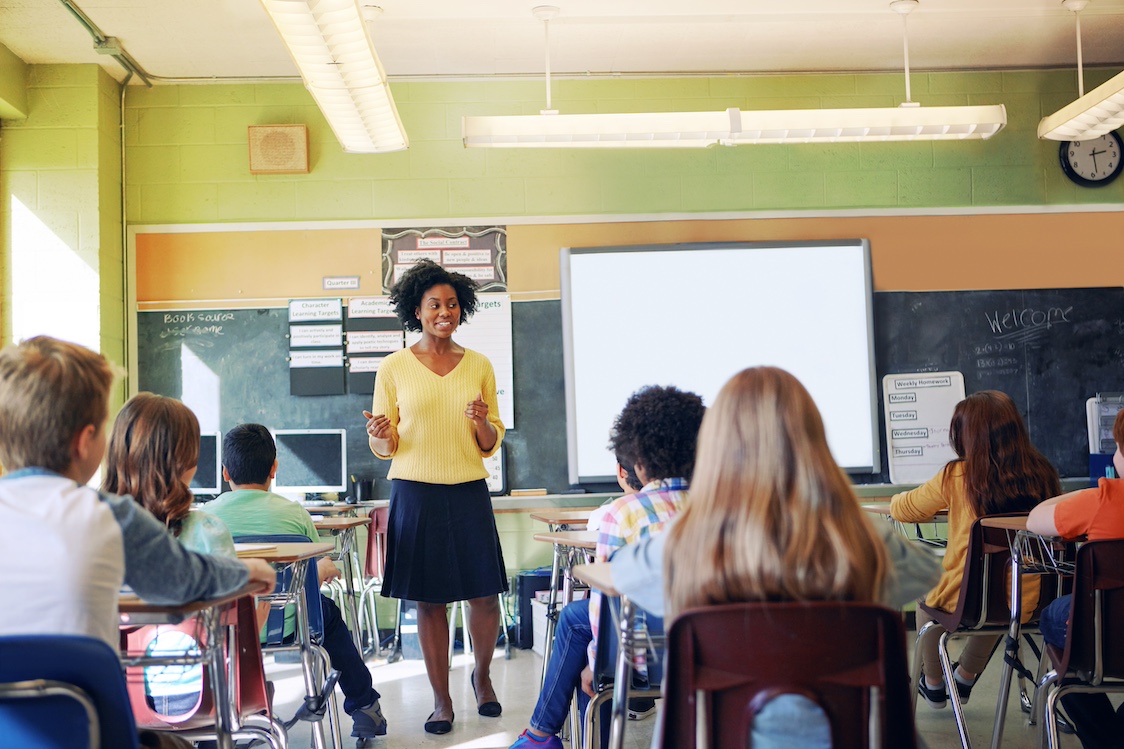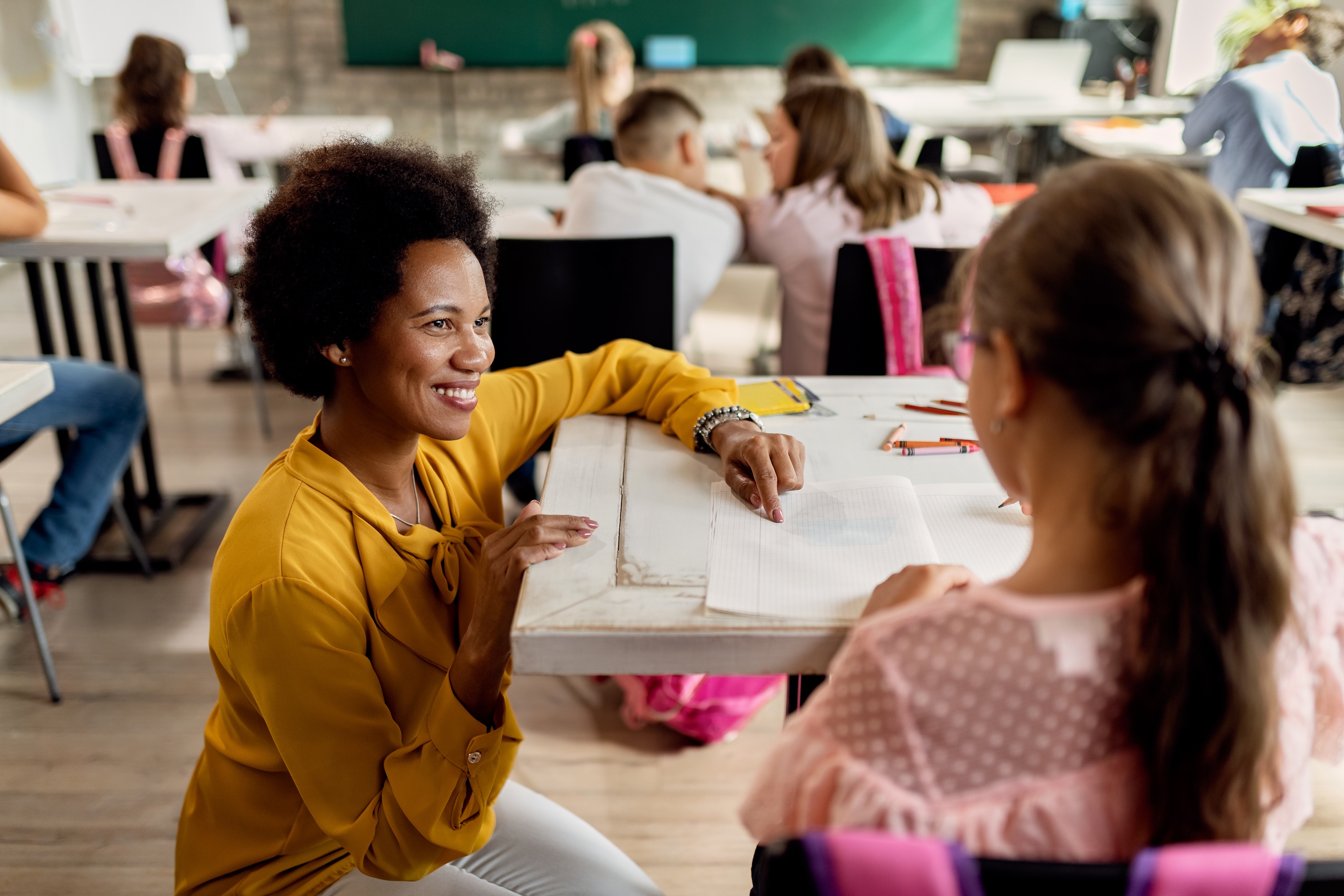Public education in the United States plays a critical role in shaping the future of the nation. It is the cornerstone of American democracy, providing opportunities for children from diverse backgrounds to receive a quality education. This blog post explores the state of public education in the United States, discussing its history, current challenges, and potential for improvement.
A Brief History
Public education in the United States has a long and storied history. The roots of the system can be traced back to the 17th century, with the Massachusetts Bay Colony passing the first compulsory education law in 1647. Over the centuries, public education has expanded, providing educational opportunities to more and more children.
One of the key milestones in American public education was the landmark Supreme Court case, Brown v. Board of Education (1954), which declared racial segregation in public schools unconstitutional. This decision paved the way for desegregation and marked a significant step towards a more equitable education system.
Challenges in Public Education
While public education has made substantial progress, it faces several challenges:
Funding Disparities: Public schools in the United States are primarily funded through property taxes, which can lead to significant disparities in funding between affluent and disadvantaged communities. This financial inequality can result in unequal educational opportunities for students.
Standardized Testing: The focus on standardized testing has been a contentious issue. Critics argue that an overemphasis on these tests can narrow the curriculum and put unnecessary pressure on students and teachers.
Inequities: Despite efforts to address racial and economic disparities, significant inequities persist in the public education system. Students from low-income backgrounds often lack access to quality education, resulting in an achievement gap.
Teacher Shortages: Many areas are experiencing a shortage of qualified teachers, particularly in subjects like STEM and special education. This shortage can hinder the quality of education provided to students.
Technology Divide: The COVID-19 pandemic highlighted the digital divide in education. Not all students have equal access to the technology and internet required for remote learning, exacerbating educational disparities.
Potential for Improvement
Efforts to improve the state of public education in the United States are ongoing. Here are some potential avenues for change:
Equitable Funding: Reforming the way public schools are funded, such as implementing more equitable distribution of resources, can help address financial disparities.
Reducing Standardized Testing: A shift away from overreliance on standardized testing can foster a more holistic and well-rounded education system.
Teacher Support and Development: Providing ongoing support and professional development for teachers can help attract and retain high-quality educators in underserved areas.
Addressing Inequities: Continued efforts to close the achievement gap and address racial and socioeconomic disparities in education are essential.
Technology Access: Expanding access to technology and internet connectivity for all students can ensure that remote learning is a viable option during times of crisis.
Conclusion
Public education in the United States is a critical institution, but it faces numerous challenges. However, with concerted efforts to address funding disparities, reduce standardized testing, support teachers, and bridge educational inequities, there is great potential for improvement. Ensuring that every child in America has access to a high-quality education is not only a moral imperative but also essential for the nation's future prosperity and success.



